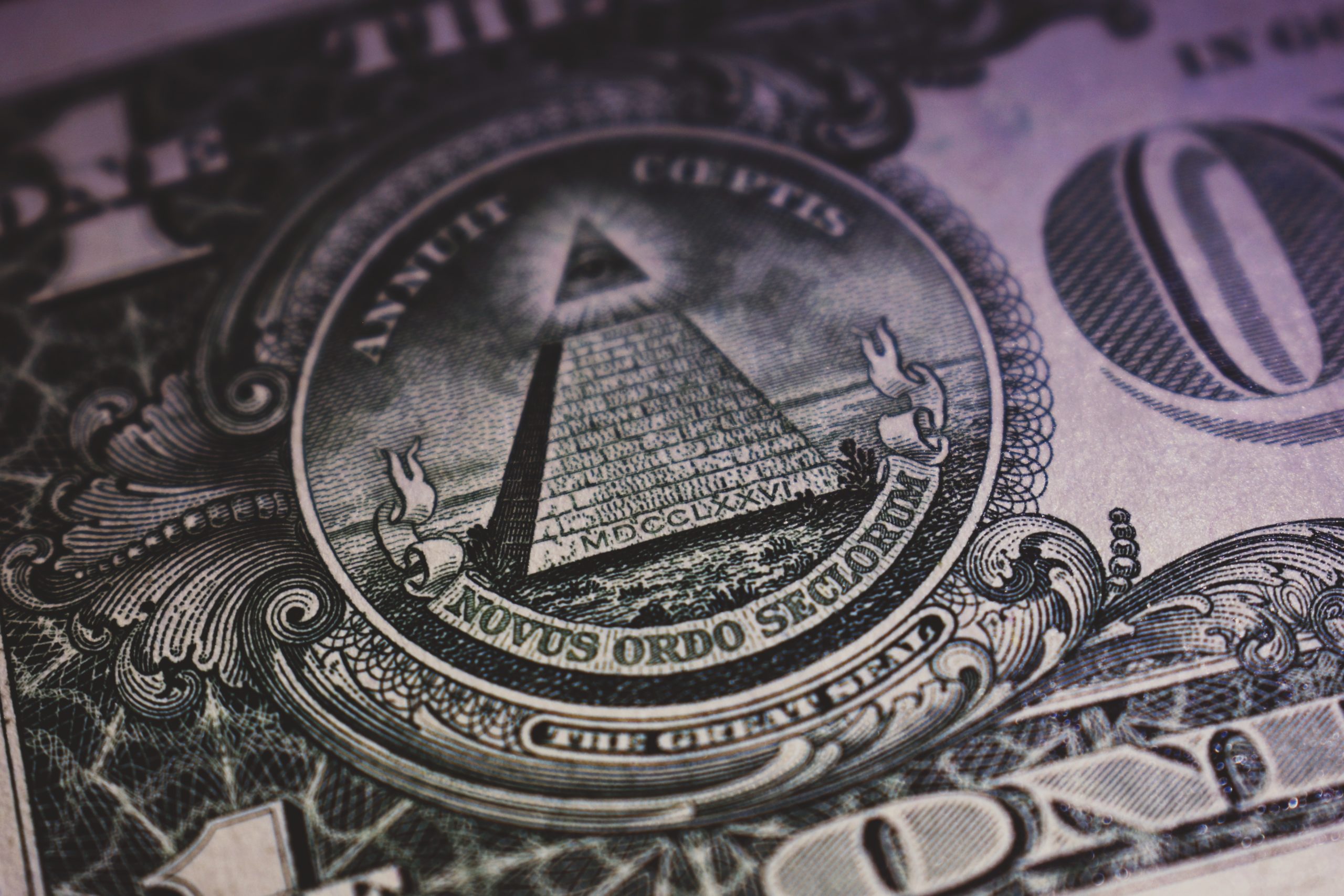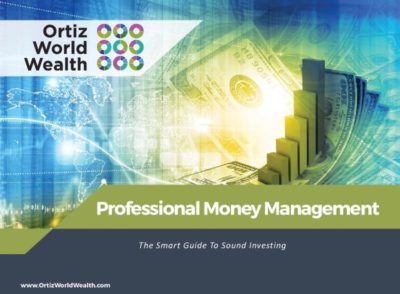
08 Apr Endowment Model #7: Certificates of Deposit – CDs
For some people, they do not have the luxury of time to have their money in the stock market. The market always bounces back, but some people don’t have as many years as someone in their 20’s opening their first investment portfolio. For people that are looking for more safety and security from their portfolio, bank products can be a great addition to their portfolio. In this article, we will be covering Certificates of Deposit, otherwise known as time deposits, fixed deposits, term deposits, or for short, CDs.
 People usually put their money in the bank not just because it is more convenient than keeping it under our mattress, but also because it is safer. CDs do have the same level of safety and security as your savings or checking account. but their similarities stop shortly after. With a savings and checking account, you have access to your money instantly and at all hours of the day. This is especially true considering the digital age in which we currently live. However, the whole point of a CD is sacrificing that liquidity in exchange for a higher interest rate on your money. Here’s how they work.
People usually put their money in the bank not just because it is more convenient than keeping it under our mattress, but also because it is safer. CDs do have the same level of safety and security as your savings or checking account. but their similarities stop shortly after. With a savings and checking account, you have access to your money instantly and at all hours of the day. This is especially true considering the digital age in which we currently live. However, the whole point of a CD is sacrificing that liquidity in exchange for a higher interest rate on your money. Here’s how they work.
When looking to put your money in a CD, it is important to understand that you are entering into an agreement to let the bank use your money. What would they do with your money? They use it to lend out to other customers and get higher returns as well. While your money is with the bank in that CD, you make a higher annual percentage yield. Some CDs compound interest daily. So, what you are deciding is how long you want to let the bank use your money.  This is because you get paid more to give them your money for a longer period of time. Some common lengths are 6, 12, 18, 24, and 30 months, as well as 3,4,5, and 6 years. In some cases, your bank or credit union may be able to offer a custom term length. You are then paid your principal and interest at the end of the term length. Some CDs, however, allow you to choose to receive monthly interest payments instead. Try to watch how long you place your money in a CD for. If you are not careful, you could put too much money in for too long and end up with a low yielding investment for years if interest rates change against your favor. But a plus on their security, the FCIC or NCUA offers coverage of $250,000 per person, per bank, per account category.
This is because you get paid more to give them your money for a longer period of time. Some common lengths are 6, 12, 18, 24, and 30 months, as well as 3,4,5, and 6 years. In some cases, your bank or credit union may be able to offer a custom term length. You are then paid your principal and interest at the end of the term length. Some CDs, however, allow you to choose to receive monthly interest payments instead. Try to watch how long you place your money in a CD for. If you are not careful, you could put too much money in for too long and end up with a low yielding investment for years if interest rates change against your favor. But a plus on their security, the FCIC or NCUA offers coverage of $250,000 per person, per bank, per account category.
Now CDs may pay higher interest rates than on Money Market investments, but you would be hard-pressed to find a CD portfolio outperforming a traditional portfolio. They just aren’t that lucrative, but that is what you exchange for that added measure of security. For some, however, CDs can be an excellent addition to their portfolio for monthly income or a safety net.
Photos by
Markus Spiske from Pexelseven
Skitterphoto from Pexels




Sorry, the comment form is closed at this time.